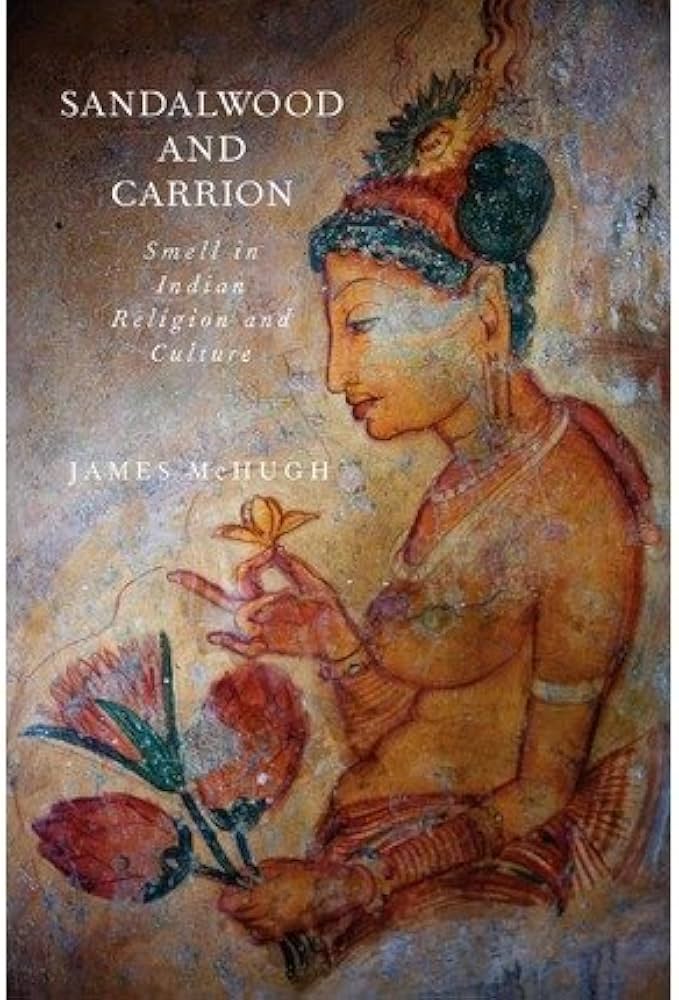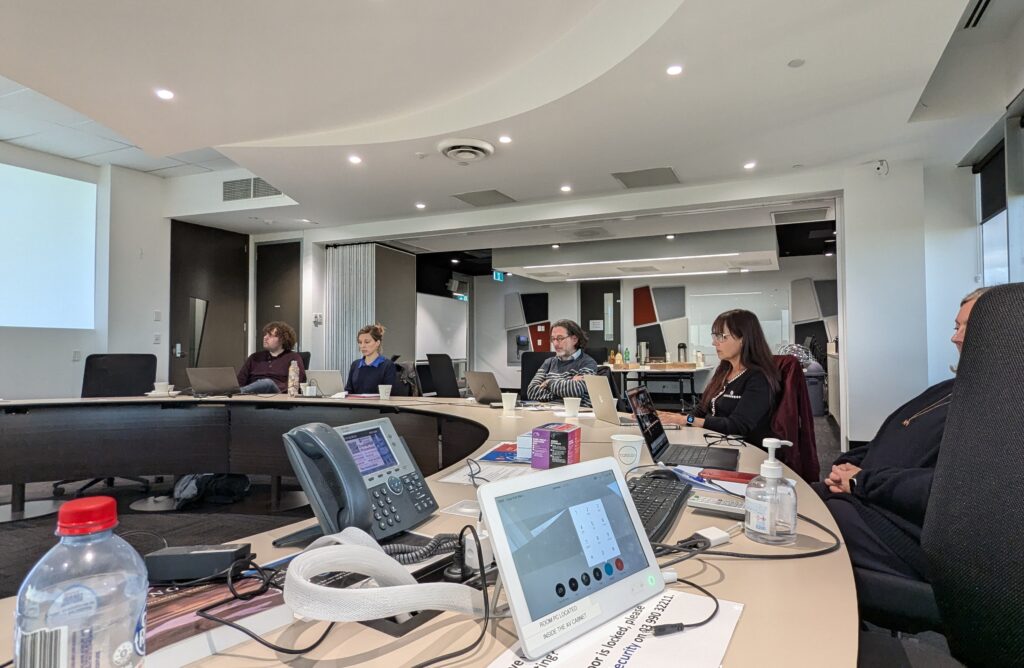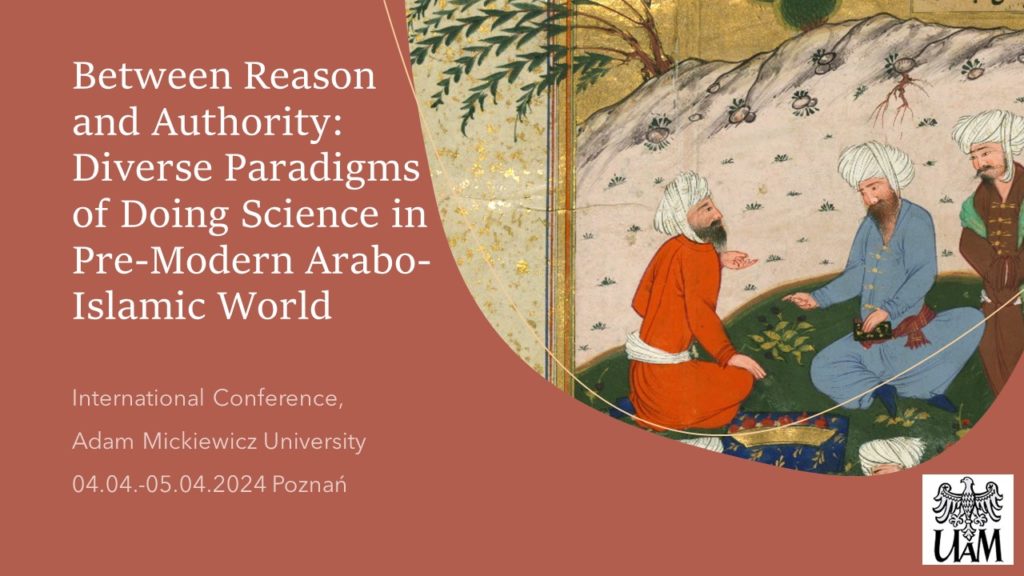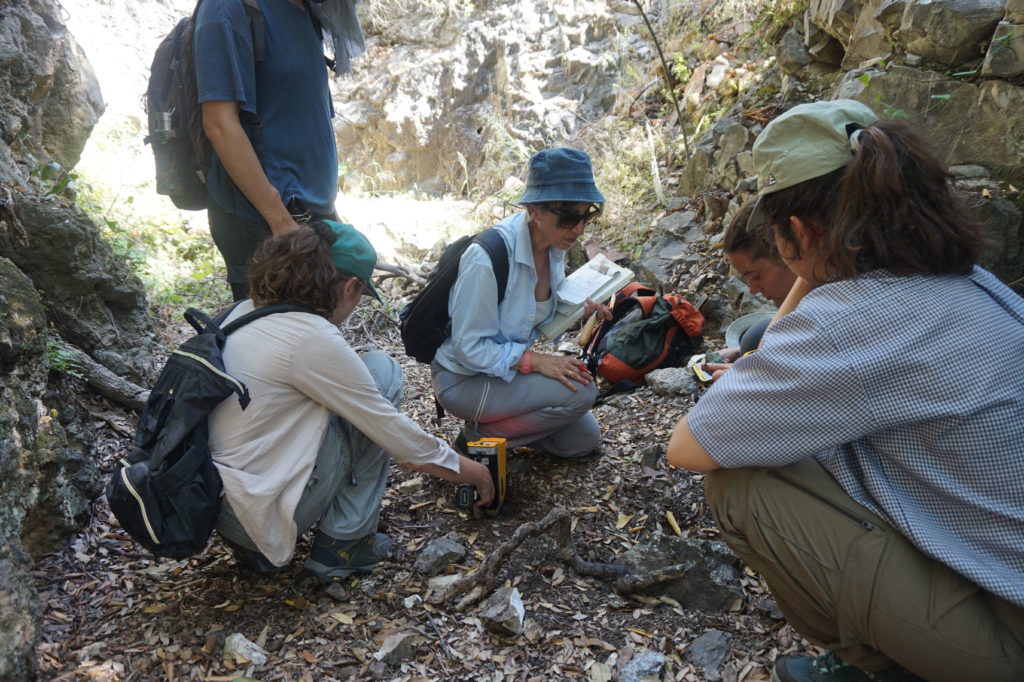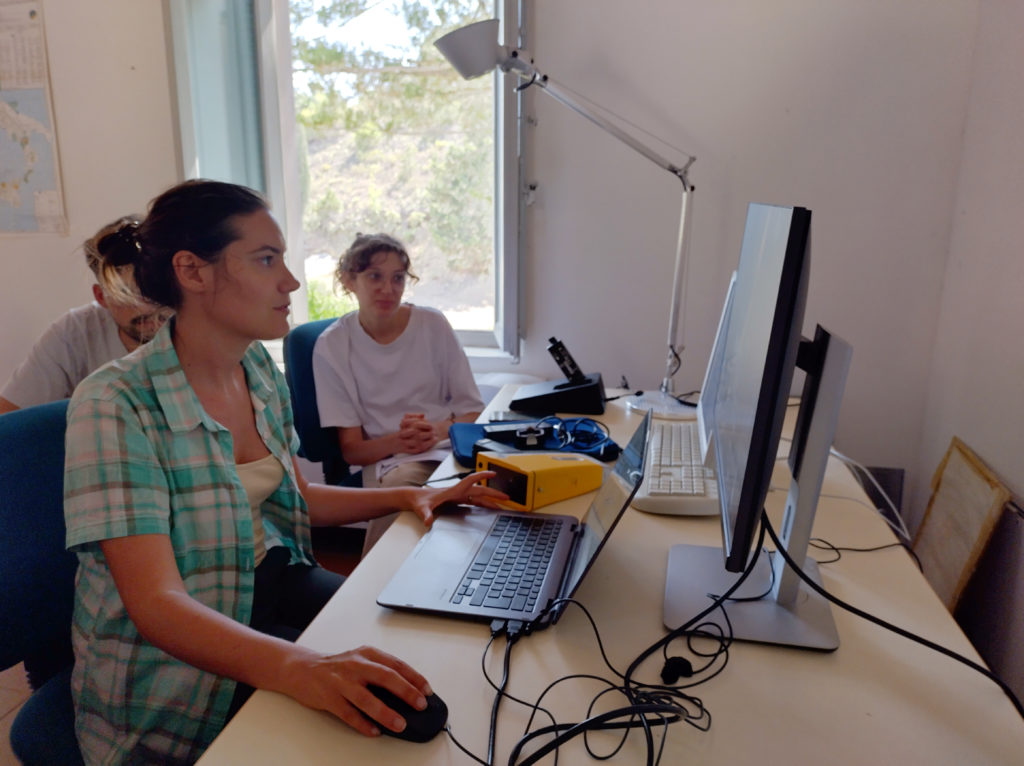In May 2024, a multidisciplinary group of researchers conducted a geochemical survey in the Antas Valley, Iglesiente region, Sardinia, to explore the environmental (and health) impacts of a local silver-mining boom in the 12-14th centuries. See project details here.
We are pleased to share our first publication from this project. This survey is the third prospecting campaign of the area, with research conducted by Nicolas Minvielle Larousse and others since 2021.
This geochemical survey aimed to locate medieval metallurgical workshops, which, rather than mines per se, processed ores, and which would have left behind residues of metals that can be detected today in soils. As such, this project further lays the groundwork for a more extensive archaeological investigation of the area. We hope to identify, locate, and map the various processes of the metallurgy industry in medieval Sardinia, and connect this industry to regional economic and administrative centres, such as Pisa.
The publication is available Open Access:
Minvielle Larousse, N., E. Brodie, G. Geltner, H. Gopnik, F. Sanna, & C. Tomczyk, “Prospections géochimiques dans la vallée d’Antas (Sardaigne).” Bulletin archéologique des Écoles françaises à l’étranger (2024). Published online 22 October 2024, https://journals.openedition.org/baefe/11705. [Open Access]
Furthermore, are also very pleased to share a video, “Hiding in Plain Sight”, that summarises the project. The video outlines the importance of further research and the prominent (and understudied) impact of pre-industrial metallurgy on the environment. Special thanks to Daniel Italia-Prasad for editing this video, and the generous funding of Monash University’s Incubator Program. We encourage anybody to share this video to both academic and lay audiences.
Further Readings:
Minvielle Larousse, N., “Iglesias. Archéologie des entreprises minières. Campagne 2022.” Bulletin archéologique des Écoles françaises à l’étranger (2023). Published online 28 November 2023, http://journals.openedition.org/baefe/10144. [Open Access]
Tomczyk C., A. Bernat, J. Belmon & N. Minvielle Larousse, “Geochemical and Documentary Topography of a Medieval Silver Valley: Detection of Workshops and Identification of Their Function.” Archaeological Prospection (2024). Published online 17 October 2024, https://doi.org/10.1002/arp.1963. [Open Access]
G. Geltner, “Ecological Impacts and Environmental Perceptions of Mining in Europe, 1200-1550: Preliminary Notes.” Parergon 40, no. 1 (2023): pp. 157-80. https://doi.org/10.1353/pgn.2023.a905418

